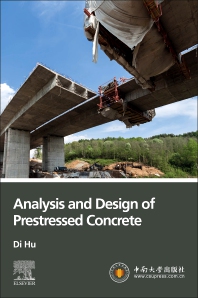Books in Built environment
Books in Built environment
Built Environment coverage includes comprehensive titles on all the major research and technological developments in civil and structural engineering, construction materials, and a variety of related fields (environmental engineering, transportation engineering, urban planning, etc.) that contribute to make design, construction, maintenance, and operations of buildings, cities, and infrastructure smarter, more efficient, sustainable, and resilient.

Up and Running with AutoCAD® 2024
- 1st Edition
- Elliot J. Gindis + 1 more
- English

Corrosion of Reinforced Concrete Structures
- 1st Edition
- Guofu Qiao + 2 more
- English

Circular Design for Zero Emission Architecture and Building Practice
- 1st Edition
- Marwa Dabaieh
- English

Design of Steel Structures
- 1st Edition
- Lingyu Zhou + 2 more
- English

Up and Running with AutoCAD 2023
- 1st Edition
- Elliot J. Gindis + 1 more
- English

Analysis and Design of Prestressed Concrete
- 1st Edition
- Di Hu
- English

Analytical Approaches for Reinforced Concrete
- 1st Edition
- Yufei Wu
- English

Building Automation and Digital Technologies
- 1st Edition
- Shahryar Habibi
- English

Behaviour of Building Structures Subjected to Progressive Collapse
- 1st Edition
- Bo Yang + 3 more
- English

Rethinking Building Skins
- 1st Edition
- Eugenia Gasparri + 5 more
- English